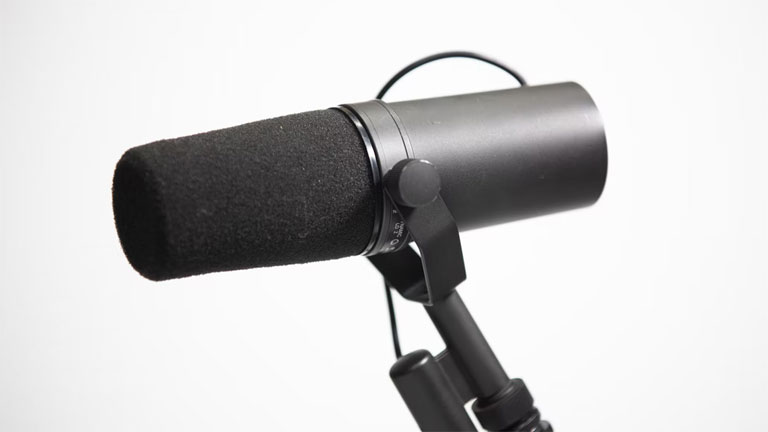
With time, audio production has become more and more advanced. Today you can find a vast range of audio equipment that makes production hassle-free and easy.
The microphone is one of the most common pieces of equipment used in sound production, in making videos, and for making public speaking. Microphones are the oldest sound equipment that amplifies the sound for better quality. There are many options that you can find. However, finding the best one takes some time.
Some of the most crucial features that you should check when looking to purchase a top autotune microphone or any advanced type of microphone are:
Frequency Response
The frequency response is a feature that defines frequency sensitivity. It tells which frequencies the microphone is sensitive to. It is defined by a range of frequencies that the mic will pick up. The two most common frequency response categories are:
- Flat: This type of mic will pick up all frequency ranges from 20 to 20,000 Hz.
- Colored: this type of mic will pick up only a few ranges of frequency.
Polar Patterns
Polar patterns of the microphone tell about the direction of the sound that the device is most sensitive to. This feature will define both the directivity and sensitivity of the microphone. Usually, the mics are either side directional or top directional. There are different polar patterns that you can find in microphones:
- Multidirectional
- Cardioid
- Super, hyper, and sub cardioid
- Bi-directional
- Boundary and shotgun
Sound Pressure Level
The pressure of sound that the microphone can tolerate without disturbing the output is called the maximum pressure level of sound. A lower sound pressure level rating of a mic means the sound will start getting distorted when you reach a higher sound pressure level. You will need a microphone with a higher sound pressure level if you intend to use it in louder spaces.
Impedance
AC resistance or the impedance of a microphone is another feature to take into account. Impedance is the resistance that helps in better flow of the audio signals. The output impedance of the microphone should match the input impedance of the preamp. 600 ohms is the impedance that you should look for in a microphone, as it is compatible with all types of preamplifiers.
Sensitivity
The sensitivity of a microphone is decided by its output signal level. It tells about its efficiency in converting acoustic signals to electrical signals. Higher sensitivity means a strong audio signal.
High Pass Filter
High pass filters help fine-tune the audio. It helps filter out the unnecessary audio frequencies, which reduces the sound quality and makes it distorted.
A high pass filter helps cut the lower frequency signals below a point and allows signals only above the threshold to pass. These filters can help remove low-frequency noise like environmental noise, electromagnetic interference, handling noise, proximity noise, etc.
Passive Attenuation Device
A passive attenuation device or PAD is an additional feature in microphones that help signal level reduction. When the sound signal becomes too strong, the output can get distorted, and the mic circuit can get overloaded. It helps prevent microphone circuit faults and sound distortion at a higher pressure of sound.
Do thorough research before choosing the top autotune microphone or any other microphone. Microphones come in various shapes and sizes with varying features. Each feature has its effect on the final sound quality. Choosing the right microphone is essential as it will help produce a better sound quality without distortion.




